MercoPress. South Atlantic News Agency
Tag: Inflation
-
Thursday, December 14th 2023 - 10:09 UTC
Argentina: CPI 12.8% up in November and 160.9% YoY
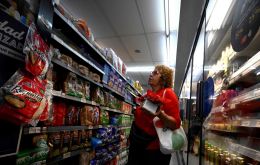
Argentina's National Institute of Statistics and Census (Indec) released a report Wednesday stating that the Consumer Price Index (CPI) for November 2023 went up 12.% for a total of 148.2% so far this year and an interannual increase of 160.9%. November's figures represented a strong jump from October's 8.3%.
-
Friday, December 8th 2023 - 10:10 UTC
IMF official highlights importance of BCRA in tackling inflation

International Monetary Fund (IMF) Communications Director Julie Kozack Thursday insisted during a press conference at the agency's headquarters in Washington that Argentina must have a “strong and credible” Central Bank to reduce inflation under future President Javier Milei. In Kozack's view, high prices are one of the most important imbalances the country needs to tackle.
-
Tuesday, November 14th 2023 - 09:19 UTC
Argentina's monthly inflation back to one-digit figures

Argentina's National Institute of Statistics and Census (Indec) announced Monday in Buenos Aires that October's Consumer Price Index (CPI) stood at 8.3% for a 142.7% year-on-year. These results showed a return to one-digit monthly inflation after 12.7% in September and 12.4% in August for an accumulated 120% in the first ten months of 2023, Indec also noted.
-
Friday, November 3rd 2023 - 08:59 UTC
Paraguay just one notch short of Fitch's investment grade
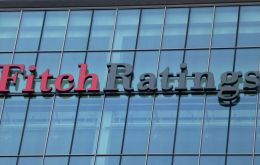
Paraguay was given a BB+ rating in Fitch's latest report, which is one step away from investment grade. Although in Asunción the South American country's Economy Ministry highlighted the achievement, the agency also warned about challenges in terms of credibility.
-
Friday, October 6th 2023 - 10:50 UTC
Argentina not to pay IMF maturities until after the elections

Argentina will pay maturities worth US$ 2.6 billion to the International Monetary Fund (IMF) after the Oct. 22 presidential elections, it was reported Thursday in Buenos Aires. However, US$ 1.28 billion was due Friday, another US$ 640 million on Oct. 12, while a third payment of US$ 673 million was scheduled for the last working day of the month.
-
Thursday, October 5th 2023 - 09:41 UTC
Inflation in Uruguay within target

Inflation in Uruguay fell again in September for the fifth consecutive month, reaching 0.61% for a year-on-year total of 3.87%, according to a National Statistics Institute (INE) report released Wednesday in Montevideo.
-
Thursday, September 14th 2023 - 10:15 UTC
Argentina: August's inflation hits 12.4%
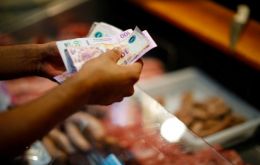
Argentina's National Institute of Statistics and Census (Indec) announced Wednesday that inflation for the month of August had reached 12.4% for a total of 124.4% in the last 12 months. The highest monthly rate in over 32 years came after the Aug. 14 devaluation of the Argentine peso. So far in 2023, the Consumer Price Index has accumulated an increase of 80.2%.
-
Wednesday, August 23rd 2023 - 10:55 UTC
Argentina: Sharp drop in mass consumption reported
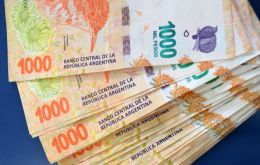
Private studies released Tuesday in Buenos Aires showed a 16.1% drop in mass consumption in the first week of August, which further aggravated July's 15.8%, the Buenos Aires daily La Prensa reported.
-
Wednesday, August 16th 2023 - 11:48 UTC
Argentina: July's inflation reported at 6.3%
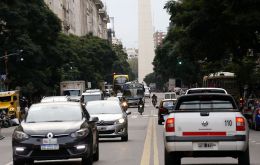
Argentina's National Institute of Statistics and Census (Indec) announced Tuesday that the variation in the Consumer Price Index (CPI) for the month of July of 2023 was 6.3% for a total of 60.2% in the first seven months of the year and 113.4% interannually, it was reported in Buenos Aires.
-
Friday, August 11th 2023 - 17:37 UTC
Inflation in US remains stubborn with 3,2% in twelve months to July

The rate of inflation in the United States was 3.2% over the year to July, driven by higher housing, car insurance and food costs, the Labor Department said. That was up from 3% in June, which was the lowest rate in more than two years.
